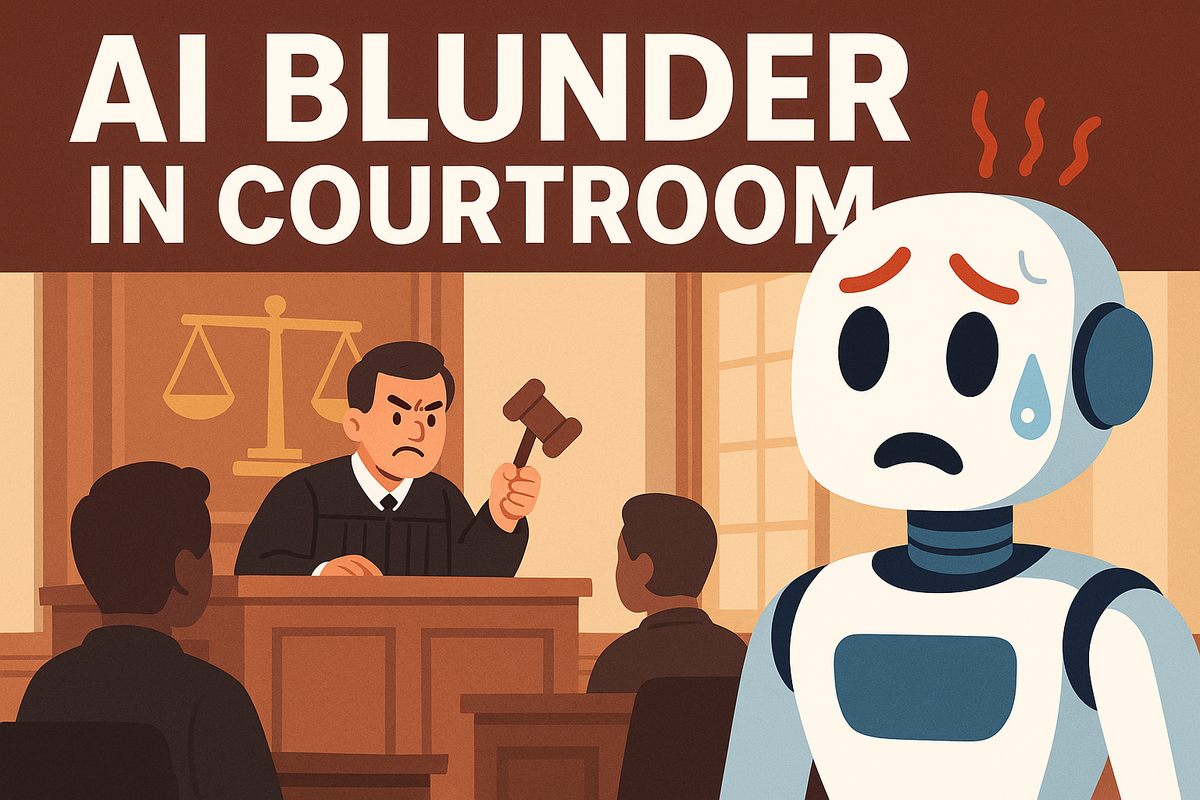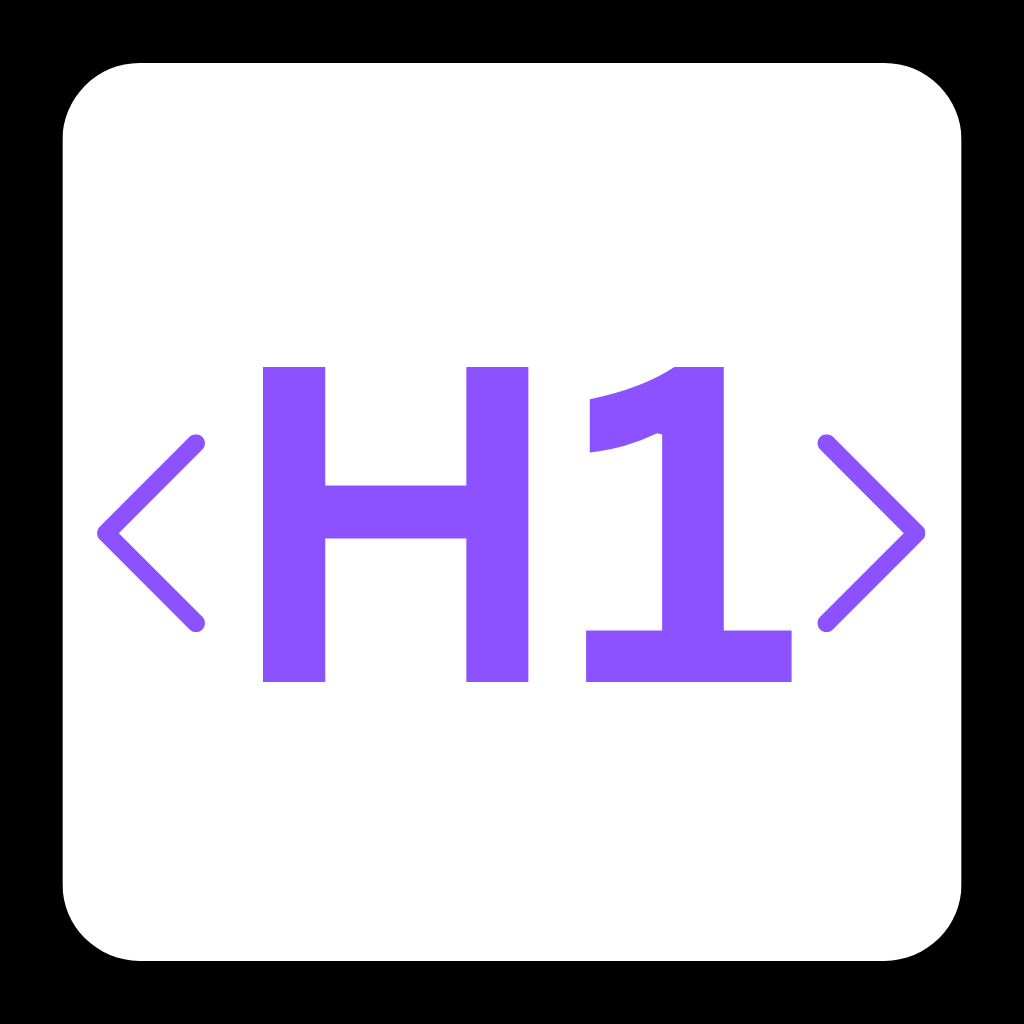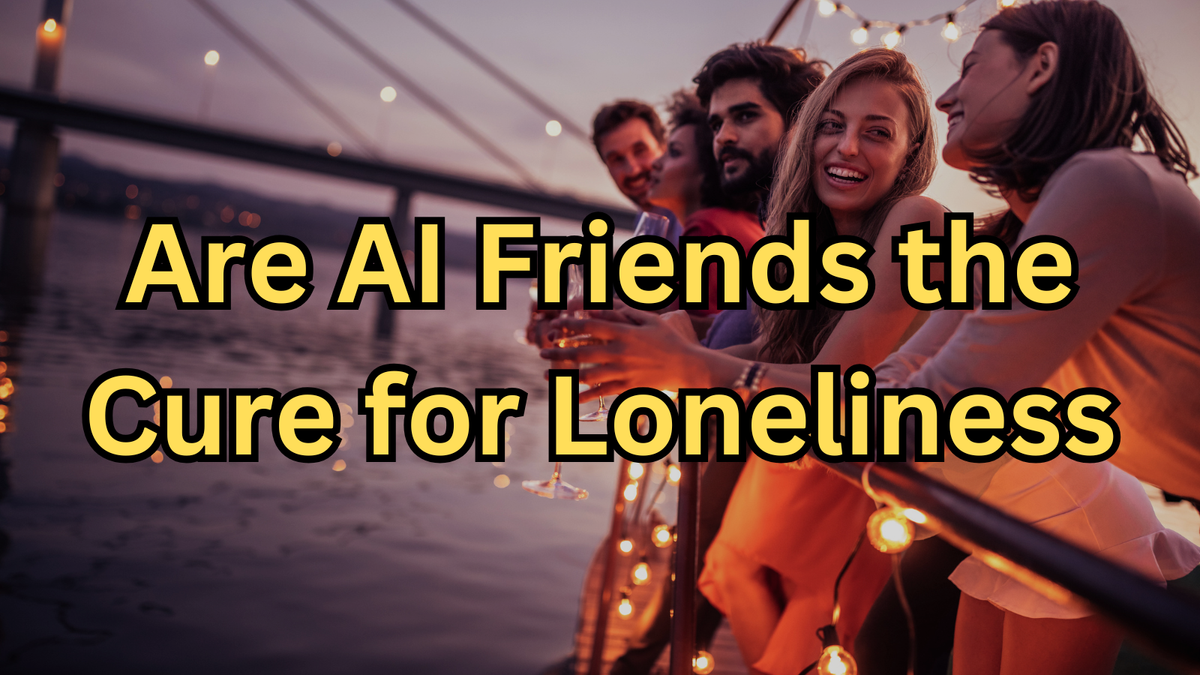Is AI Putting Lawyers on Thin Ice? MyPillow CEO’s Legal Fiasco Sparks Debate

A federal judge is threatening sanctions after Mike Lindell’s lawyers submitted a brief riddled with fake cases—and blamed AI. Could this be a wake-up call for the legal profession? MyPillow CEO Mike Lindell’s legal team is under fire for submitting an AI-generated court filing filled with nonexistent case citations, exposing the risks of relying on artificial intelligence in high-stakes litigation. With 30 defective references and a judge’s warning of disciplinary action, this scandal raises urgent questions: Can lawyers trust AI? Or is this a cautionary tale of tech outpacing ethics? Let’s dive in.
🤖 AI in the Courtroom: A Double-Edged Sword?
- 30 Fake Citations: Federal Judge Nina Wang flagged misquotes and entirely fabricated cases in Lindell’s February brief, including references to “People vs. Smith”—a case that doesn’t exist.
- AI Hallucinations: Attorney David Lane warns that AI tools often invent” cases due to flawed training data, calling it a “ticking time bomb” for legal credibility.
- Human Error or Negligence? Lindell’s team claims the faulty document was an “accidental draft” submitted due to a clerical mistake, but waited 55 days to address the court’s concerns.
- Dominion Defamation Fallout: The botched filing is part of a 2022 lawsuit accusing Lindell of spreading election conspiracy theories about Dominion Voting Systems.
✅ Proposed Fixes: Can AI and Lawyers Coexist?
- AI as a Tool, Not a Replacement: “You must verify every citation,” insists Lane, comparing unchecked AI use to “letting a toddler proofread a contract.”
- Hybrid Workflows: Many firms now use AI for drafting efficiency but require human attorneys to cross-check facts and legal precedents.
- Ethical Guidelines: The American Bar Association is drafting AI usage rules, urging transparency when generative tools are involved.

🚧 Challenges: Why AI Still Can’t Replace Law School
- Hallucination Hazard: AI’s tendency to invent plausible-sounding cases (like “Smith v. Colorado”) could derail trials or enable malpractice.
- Ethical Gray Zones: Lindell’s team argued “there’s nothing wrong with using AI when properly used”—but who defines “proper”?
- Delayed Accountability: The 55-day gap between submission and correction suggests AI errors may go unnoticed until challenged in court.
🚀 Final Thoughts: Trust, but Verify
This case isn’t just about Lindell—it’s a stress test for AI’s role in law. Success requires:
- ✅ Strict Oversight: Treat AI like a law intern—capable but needing supervision.
- ⚠️ Clear Consequences: Judge Wang’s sanctions could set precedent for punishing AI misuse.
- 🤖 Tech Transparency: Should courts mandate disclosure of AI-generated filings?
As Lane bluntly warns: “Any lawyer relying solely on AI deserves contempt.” But with firms racing to cut costs, will the legal world heed the lesson—or keep rolling the dice? What do YOU think: Is AI a lawyer’s best friend or worst enemy?
Let us know on X (Former Twitter)
Sources: Ashley Michels. MyPillow CEO Mike Lindell’s legal team accused of submitting inaccurate, AI-generated brief to Colorado court, 2025-04-26. https://kdvr.com/news/local/mypillow-ceo-mike-lindells-legal-team-accused-of-submitting-inaccurate-ai-generated-brief-to-colorado-court/










